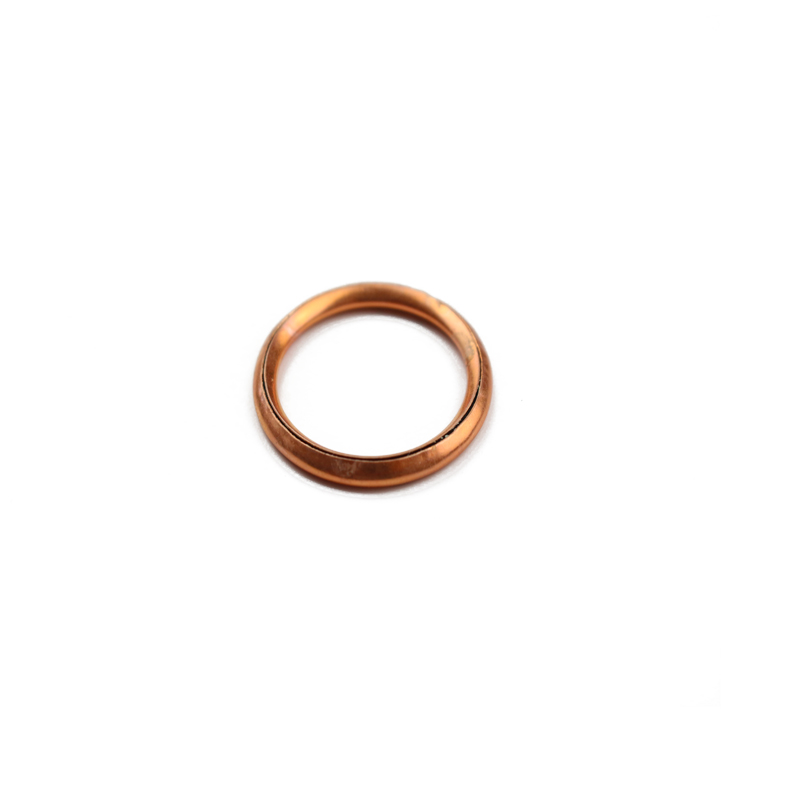Axle grease seal for maintaining optimal performance and preventing lubricant leaks.

axle grease seal. The old seal can then be removed and a new one can be pressed into place. In addition to regular maintenance and inspection, there are a few things that can be done to help extend the life of an axle grease seal. Avoiding driving through deep water or mud, which can cause damage to the seal, is one important step. Keeping the axle properly lubricated with the correct type and amount of grease is also essential. Over-greasing can cause excess pressure on the seal, leading to premature failure. In conclusion, while an axle grease seal may be a small and relatively inexpensive part, it plays a critical role in protecting the axle and ensuring its proper function. Regular maintenance, inspection, and timely replacement of damaged seals are all essential for keeping the axle in good working condition. By taking care of this small but vital component, vehicle owners can help ensure the longevity and reliability of their vehicle's axle.
-
The Ultimate Guide to Car Repair Kits: Tools and Essentials Every Driver Should Own
News Aug.01,2025
-
The Complete Guide to Oil Pan Gaskets: Sealing Engine Leaks the Right Way
News Aug.01,2025
-
Preventing Oil Leaks: A Complete Guide to Oil Pan Gaskets and Drain Seals
News Aug.01,2025
-
Everything You Need to Know About Oil Pan Gaskets and Drain Plug Seals
News Aug.01,2025
-
Essential for Car Owners: How to Use a Car Repair Kit to Deal with Minor Breakdown
News Aug.01,2025
-
Comprehensive Guide to Engine Oil Sump Gaskets and Related Seals
News Aug.01,2025
-
The Ultimate Guide to Boat Propeller Bearings and Trailer Wheel Bearings
News Jul.31,2025
Products categories















